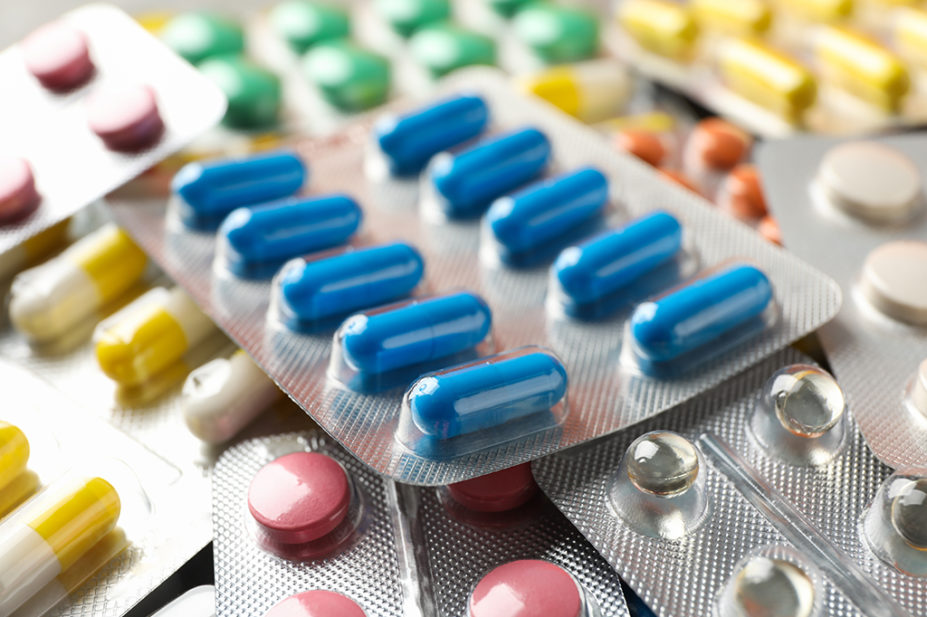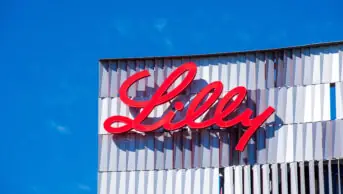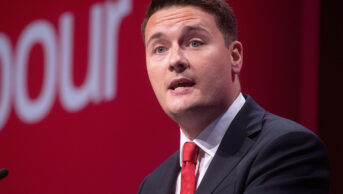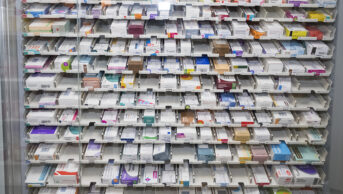
Shutterstock.com
In 2021/2022, the cost of medicines and medical devices in England increased by more than 8%, the biggest rise in at least five years, a report published by the NHS Business Services Authority (NHSBSA) has revealed.
However, representatives from the pharmaceutical industry have said the numbers are “not reflective” of the actual money spent by the NHS.
The NHSBSA report, published on 10 November 2022, says the total cost to NHS commissioners in England, for the issue of medicines, appliances and medical devices in 2021/2022 was estimated to be £17.2bn, including a deduction of £619m for central rebates.
These include rebates from arrangements agreed between NHS England and Improvement and pharmaceutical companies, following agreements to commission a variety of treatments both via the cancer drugs fund and in routine commissioning.
Overall, the total cost without central rebates was £17.8bn, an increase of 8.3% from £16.4bn in 2020/2021; the highest percentage increase since 2017/2018, the earliest data included in the report.
The figures in the report show that the highest spend across all settings was for drugs for malignant disease and immunosuppression. In this category, £3.1bn was spent (using net ingredient cost for items dispensed in the community); 16.9% of the total spend in England and 33.6% of the total spend within hospitals.
Within primary care, drugs for the cardiovascular system accounted for the largest spend in 2021/2022, at £1.6bn. This was 17.0% of the total costs in primary care prescribing dispensed in the community.
David Watson, executive director, patient access, at the Association of the British Pharmaceutical Industry, said that although the report was “useful” for providing detail about the medicines being used by the NHS, the numbers were “not reflective” of the actual money spent.
He said this was because of the Voluntary Scheme (VPAS), a commitment by industry, the NHS and government to support innovation for the benefit of patients across the UK, while also managing medicines expenditure, which puts a 2% cap on the amount the branded medicines bill can grow each year.
“The NHS is using the drugs it needs, driven by clinical need, and it’s getting a lot of that money back,” Watson said.
“That’s a long-standing agreement that we have with the government, but it’s also presenting very real commercial challenges for the industry because payment rates for the first two years of the scheme were around the 5% mark, but, with the huge jump in need, which no one predicted off the back of the COVID-19 pandemic, those rates have gone up dramatically and are projected to get very high in the next year as well.”
A spokesperson for NHS England said: “While prices for branded drugs remain unchanged, the increase in prescribing costs reflects the increase in the number of NHS patients we are seeing and treating across the country.
“At the same time, the NHS has used its commercial capabilities to secure deals for innovative new medicines and secured savings of around £1.2bn over three years, including through the adoption of generic and biosimilar drugs.”
- This article was updated on 18 November 2022 to include a comment from NHS England


